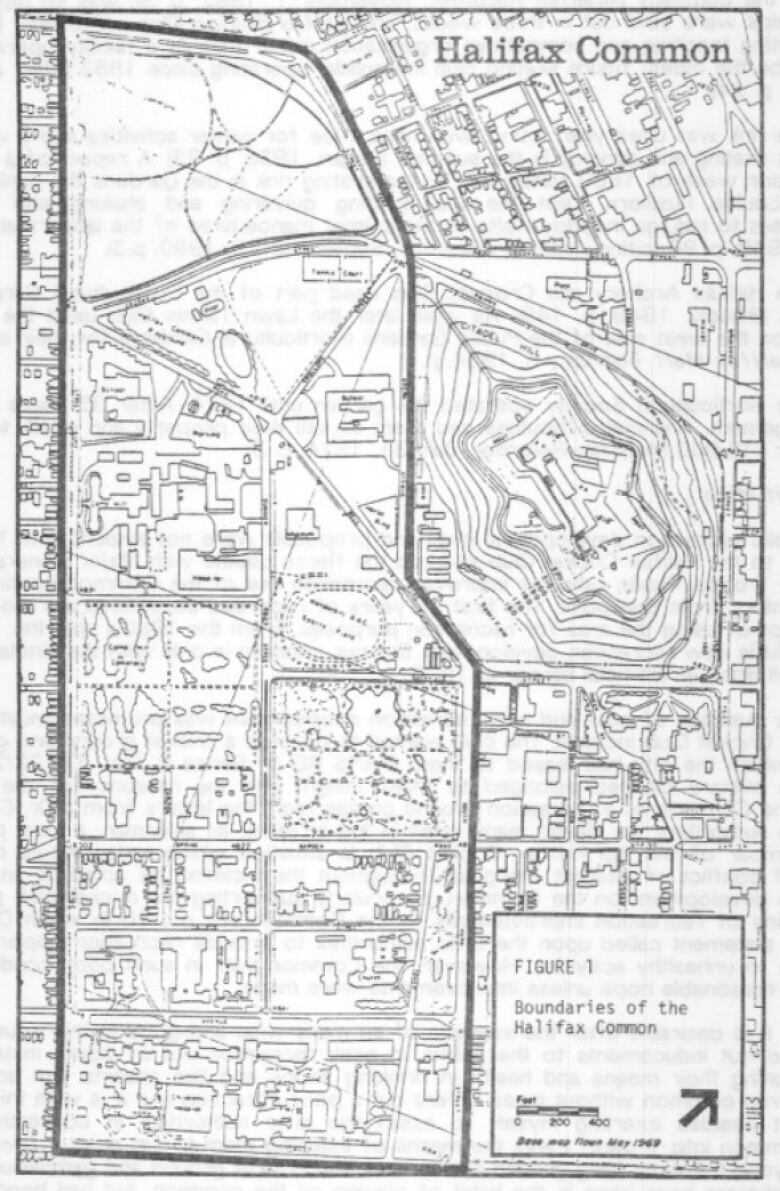Halifax opened Canada's first covered skating rink on Jan. 3, 1863
Rink opened in Halifax's horticultural gardens, now known as Public Gardens

The Halifax Oval and its brand new facility is now open to the public, but exactly 153 years ago, you had to be well connected to the rich if you didn't want to skate on a lake.
On Jan. 3, 1863, British North America's first permanent covered skating rink opened in Halifax's Horticultural Gardens — now known as the Public Gardens. The privilege of skating there, however, was not-so public.
The rink was part of a series of recreational development projects for which planning started in 1837, led by the Horticultural Society.
The structure was 55 metres long by 18 metres wide with an arched roof. The wooden building was lit with coal gas.
The skating rink was open year round with natural ice for winter activities. A wooden floor was installed to allow for dancing and roller skating the rest in warmer seasons.
'The old building quivering and shaking'
Membership, which sold out within three weeks of its opening, was limited — available only to a small network of shareholders, their families and friends.
In 1880, a skating carnival was held and was so popular it "kept the old building quivering and shaking and enabling the promenaders to indulge in giddy waltz or the calmer manoeuvers of the lancers and quadrilles," according to the Acadian Recorder, a weekly newspaper that ceased publication in the early 20th century.
The gardens were, at the time, part of the Halifax Common, which stretched north to south from Cunard Street to South Street; west to east from Robie Street to North and South Park Streets.
The land itself was mossy and rocky. Private investors sought to improve the property by building various facilities and parks.
After 35 years of managing the property, the Horticultural Society was forced to sell the land to the City of Halifax for $15,000.
